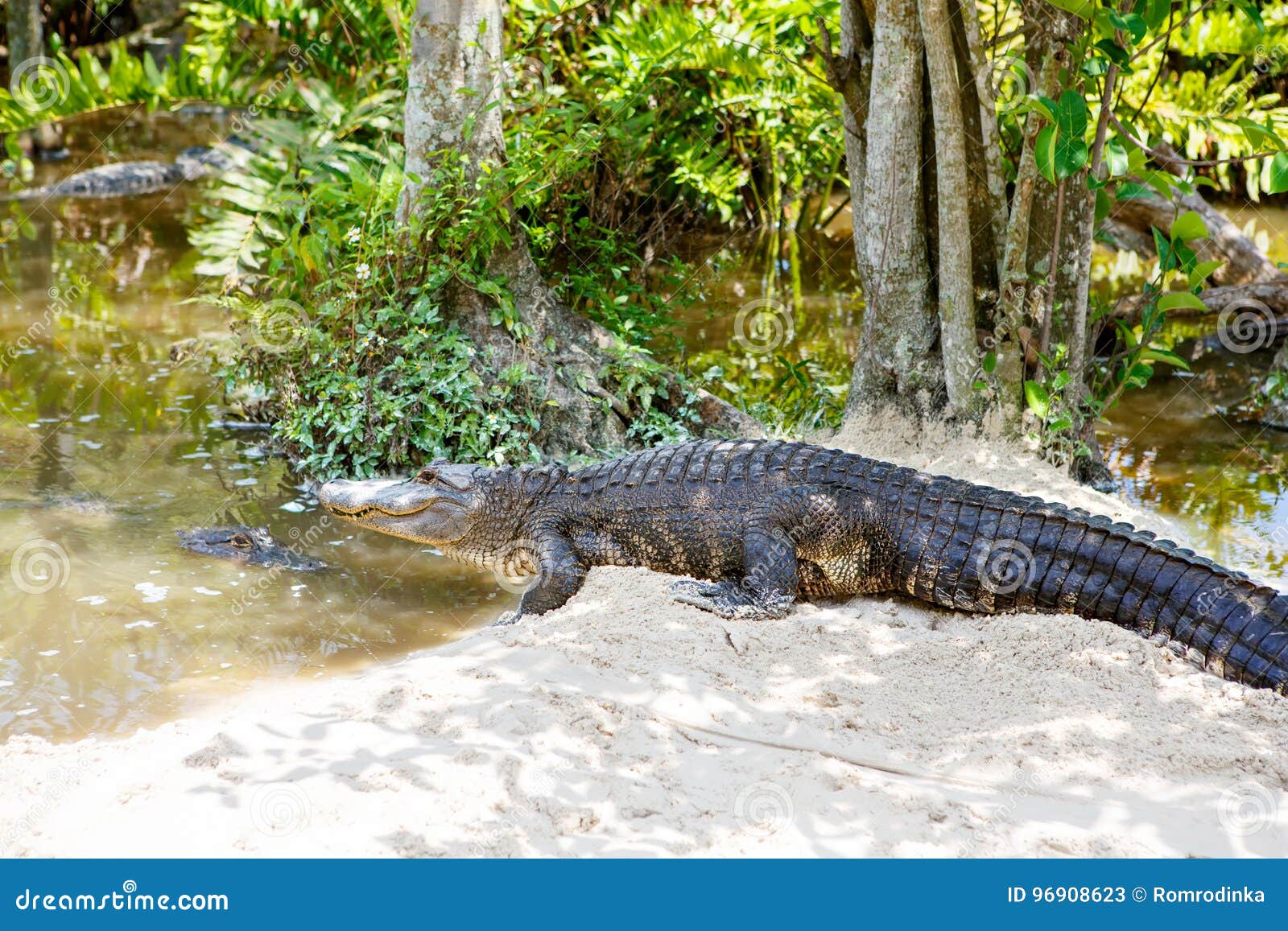

In 2017, the Cat Classification Taskforce of the Cat Specialist Group revised the taxonomy of Felidae, and now recognises all cougar populations in North America as P.

ĭespite these findings, it was still referred to as a distinct subspecies P. It was reclassified and subsumed to the North American cougar ( P. Ī genetic study of cougar mitochondrial DNA showed that many of the purported cougar subspecies described in the 19th century are too similar to be recognized as distinct. The Florida panther had for a long time been considered a unique cougar subspecies, with the scientific name Felis concolor coryi proposed by Outram Bangs in 1899. It was described as a distinct cougar subspecies ( Puma concolor coryi) in the late 19th century. Male panthers, on average, are 9.4% longer and 33.2% heavier than females because males grow at a faster rate than females and for a longer time. Florida panthers are average-sized for the species, being smaller than cougars from colder climates, but larger than cougars from the Neotropics.Īdult female Florida panthers weigh 29–45.5 kg (64–100 lb), whereas the larger males weigh 45.5–72 kg (100–159 lb). Florida panthers lack the ability to roar, and instead make distinct sounds that include whistles, chirps, growls, hisses, and purrs. The panther's underbelly is a creamy white, and it has black tips on the tail and ears. As the panther grows, the spots fade and the coat becomes completely tan, while the eyes typically take on a yellow hue. Close-up of head in Everglades National Parkįlorida panthers are spotted at birth, and typically have blue eyes.


 0 kommentar(er)
0 kommentar(er)
